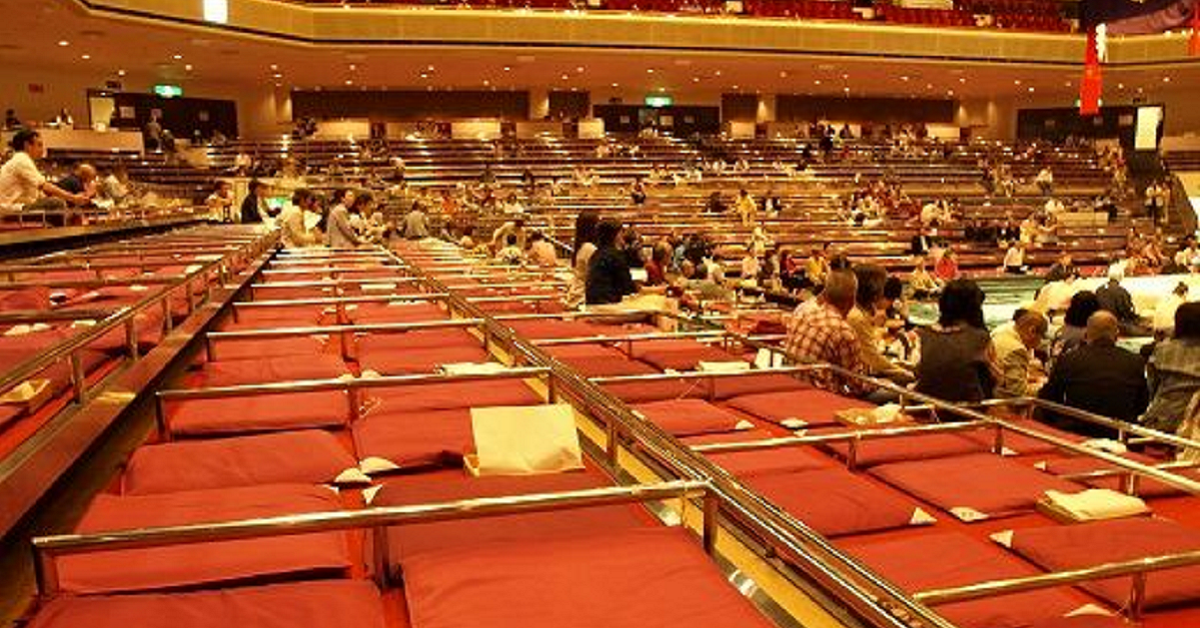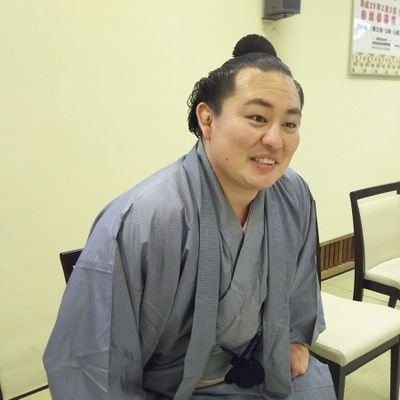Masu-seki offers one of the most culturally rich ways to watch sumo, placing visitors just steps away from the powerful action. Its traditional floor seating and close proximity to the ring create an atmosphere that cannot be experienced from regular seats, making it a memorable choice for first-time spectators and international visitors alike.
What Is Masu-seki at Grand Sumo Tournaments
Masu-seki consists of square boxes surrounding the ring, arranged in an orderly layout. Each box accommodates four people, forming a traditional seating style that reflects Japan’s long-standing sumo culture. Because these seats are located close to the ring, the movements of the wrestlers and even the sound of bodies colliding can be felt directly. This level of intensity cannot be recreated through television or distant seats.
Spectators sit on cushions placed on the floor, which can feel unfamiliar to those accustomed to Western-style seating. Removing shoes before entering the box is also a characteristic part of the experience. As each bout begins, excitement fills the arena, and this energy is especially vivid when sitting in masu-seki.
Masu-seki is one of the most sought-after seating types. Particularly close seats sell out quickly, attracting both Japanese fans and international tourists who seek an authentic cultural experience.
Summary of Masu-seki Features
| Item | Details |
|---|---|
| Shape | Square, traditional Japanese-style seating space |
| Capacity | Four people per box |
| Seating style | Sit on floor cushions with shoes removed |
| Appeal | High intensity and traditional atmosphere |
| Notes | Requires attention to posture and luggage placement |
Tips for First-time Masu-seki Users
As masu-seki involves floor seating, those accustomed to chairs may find it slightly restrictive. Staying in one position can become tiring, so it is important to adjust your sitting posture frequently. Sitting cross-legged, in a relaxed kneeling position, or occasionally changing posture helps prevent stiffness.
Keeping belongings compact makes the experience much more comfortable. On crowded days, the foot space becomes limited, so a small bag works best. Shoes are placed neatly inside the box to avoid obstructing others.
Food and drinks can be enjoyed during the event, but spill-resistant containers are recommended. Because the distance between spectators is small, movements should be deliberate and considerate. For international visitors, this whole experience becomes a memorable part of immersing in Japanese cultural customs.
Tips for Comfortable Seating in Masu-seki
| Topic | Recommendation |
|---|---|
| Bags | Keep items compact to secure space |
| Shoes | Place inside the box neatly |
| Posture | Change positions frequently |
| Drinks | Use spill-resistant containers |
| Moving | Notify nearby spectators when getting up |
When a bout begins, cheers and applause rise naturally, and the atmosphere changes instantly. The proximity allows spectators to see wrestlers’ movements clearly and feel the tension of each match. The initial clash at the start of a bout often draws unified reactions, and many spectators lean forward instinctively due to the intensity.
Why Masu-seki Is So Popular
Masu-seki is favored by many because of the closeness to the wrestlers and the overwhelming sense of presence. The sound of footwork, collisions, and wrestlers’ breathing reverberates through the area. Many fans return repeatedly to enjoy this raw experience.
Since each box seats four people, it is well suited for families and friends. It is often chosen for special occasions or travel memories. International visitors value it greatly because it provides direct exposure to Japan’s traditional sports culture.
The layout of masu-seki, designed around the ring, offers a clear view from almost any position. This layout enhances spectators’ focus and has been preserved as part of sumo’s heritage. The shared reactions and close proximity to others naturally foster a sense of unity, leaving strong impressions long after the event ends.
Reasons Masu-seki Is Highly Rated
| Reason | Explanation |
|---|---|
| Impact | Wrestlers’ movements and sounds are vivid |
| Cultural value | Represents Japanese viewing traditions |
| Group-friendly | Suitable for families and friends |
| Unity | Easy to share excitement with others |
| Historical charm | Long-preserved seating style |
How to Fully Enjoy the Masu-seki Experience
To appreciate masu-seki even more, learning basic sumo customs and bout sequences beforehand is helpful. Knowing the purpose behind rituals such as throwing salt, ring entrance procedures, or referee movements allows spectators to discover more details during the bout. The tension before the clash and the explosive reactions afterward are especially impactful from masu-seki.
Additionally, spectators often interact with others since the seating is close. Even first-time visitors may find themselves naturally sharing impressions or celebrations. This warm sense of connection is one of the appealing aspects unique to masu-seki.
Preparing to Enhance Your Masu-seki Experience
| Preparation | Benefit |
|---|---|
| Learn sumo basics | Deepens understanding of each ritual |
| Clothing | Flexible clothing enhances comfort |
| Luggage | Bring only necessary items |
| Drinks | Choose containers that minimize spills |
| Mindset | Enjoy the event cooperatively with others |
Conclusion
Masu-seki offers one of the most extraordinary ways to watch sumo. The four-person square seating format represents a traditional Japanese viewing style and allows spectators to feel the power of sumo up close. The environment is welcoming to beginners and deeply meaningful for international visitors who wish to understand Japanese culture. For anyone wanting to fully experience the spirit of sumo, masu-seki is a seating area worth trying at least once.





コメント